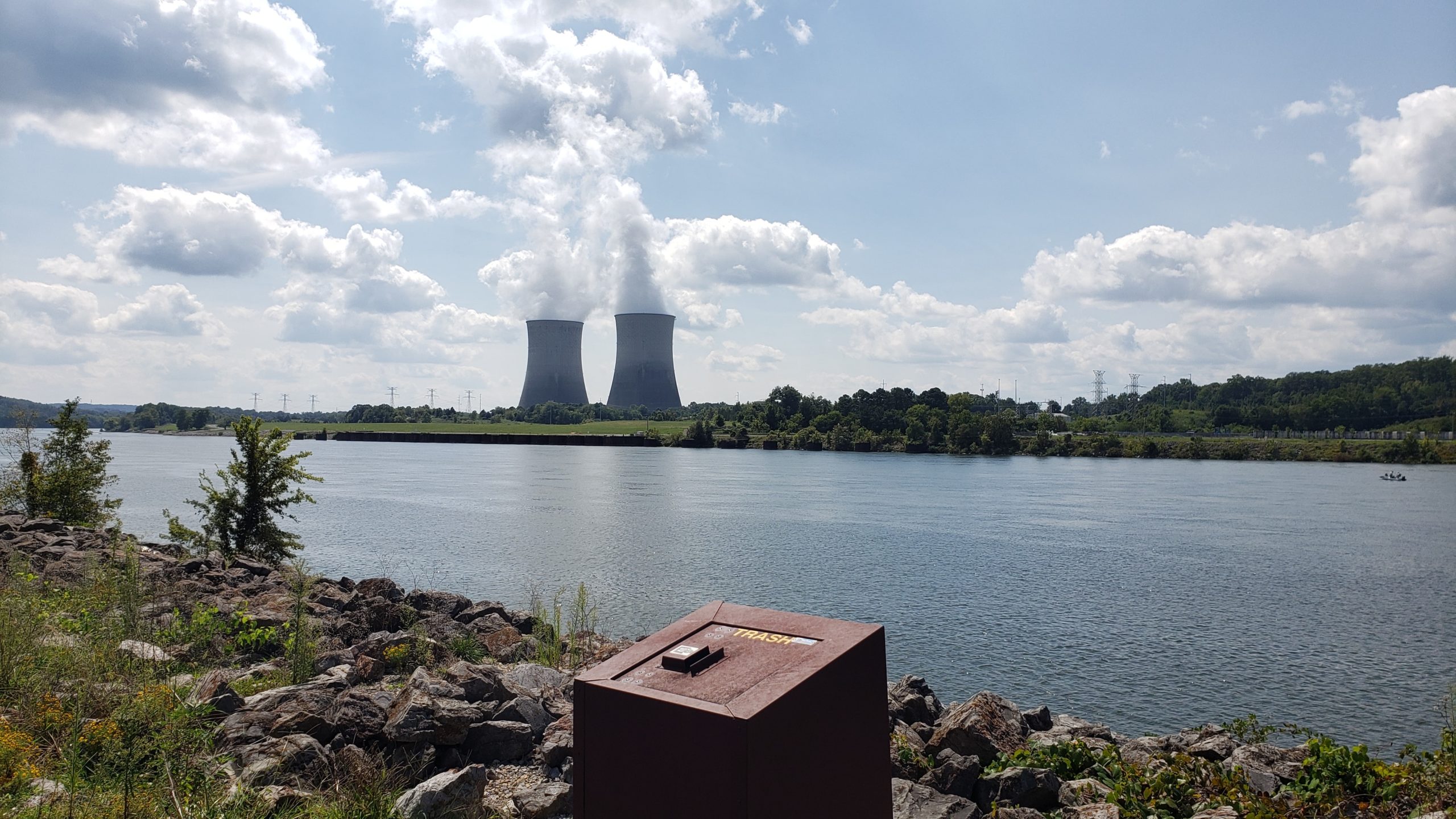Atomic energy has been a controversial topic for decades, with supporters hailing it as a clean and sustainable energy source, and opponents raising concerns about its environmental impact. But what is the truth about atomic energy and nature? Is it good or bad for our environment?
On the positive side, nuclear power plants produce very low levels of greenhouse gases, making them a potentially attractive option for combating climate change. In fact, according to the International Atomic Energy Agency, nuclear energy is responsible for preventing the emission of around two billion metric tons of carbon dioxide per year. This is equivalent to the annual emissions of around 400 million cars.
However, there are also significant downsides to atomic energy. One major concern is the issue of nuclear waste. Nuclear power plants produce highly radioactive waste that must be carefully stored and managed for hundreds of thousands of years. This waste can be harmful to both human health and the environment if not properly disposed of.
Another concern is the potential for nuclear accidents. While the likelihood of a major nuclear accident is low, the consequences can be catastrophic. The Fukushima disaster in Japan, for example, released large amounts of radioactive material into the environment, causing widespread contamination and long-term health effects.
Finally, the construction and decommissioning of nuclear power plants can also have negative impacts on the environment. The mining and processing of uranium, a key fuel for nuclear power plants, can cause environmental damage and contribute to climate change. Additionally, the decommissioning of nuclear power plants can be costly and challenging, with potential environmental impacts.
In conclusion, it is clear that atomic energy has a number of negative impacts on nature. While it may produce low levels of greenhouse gases, the risks associated with nuclear waste and accidents, as well as the environmental impacts of mining and decommissioning, make it a questionable choice as a source of energy. It is important that we carefully consider these risks and explore alternative, more sustainable energy options.

Leave a Reply